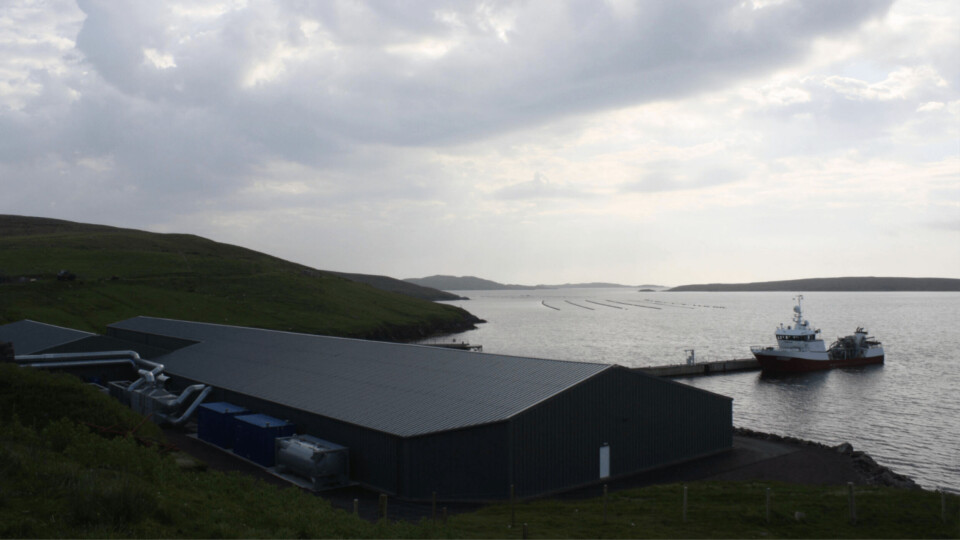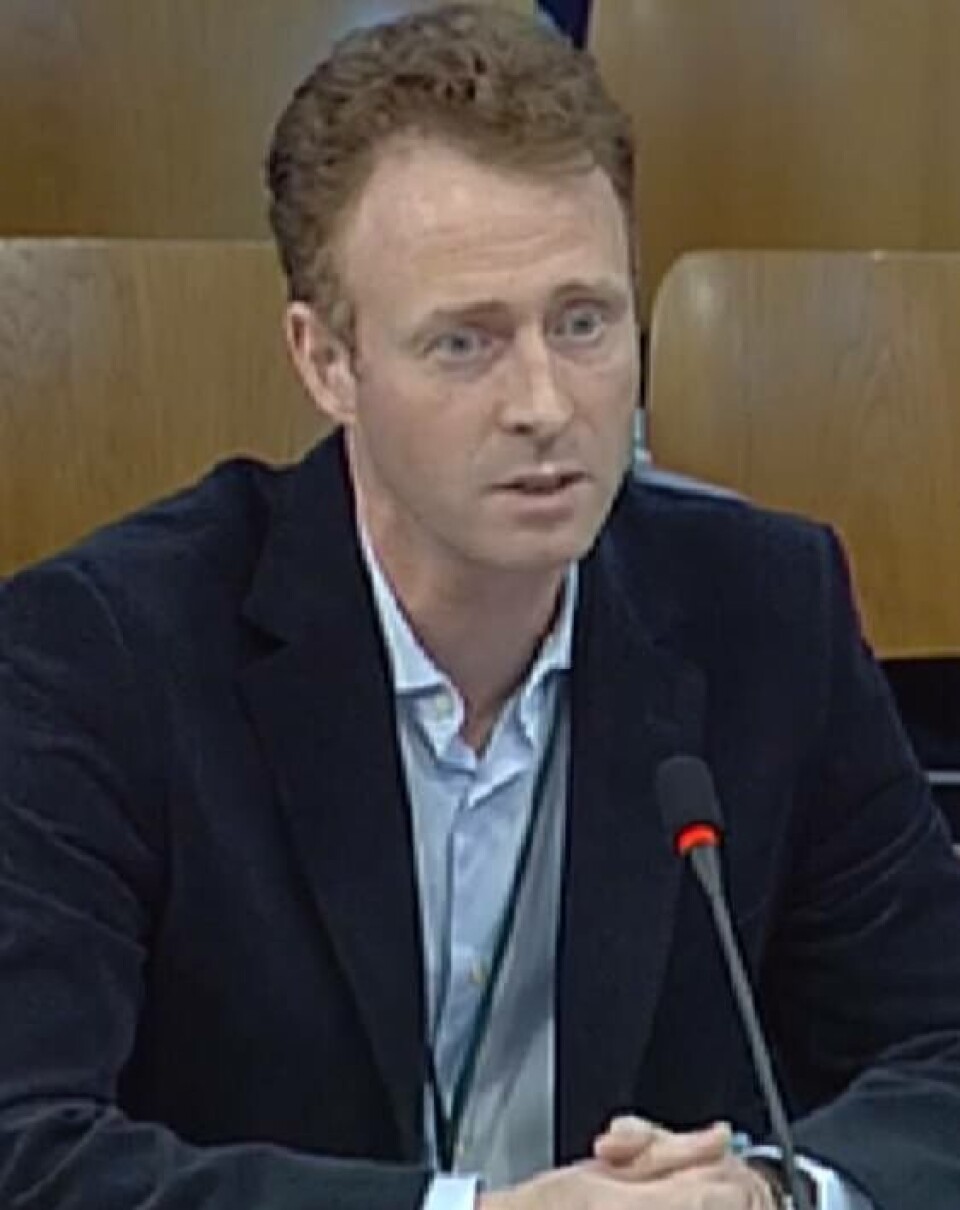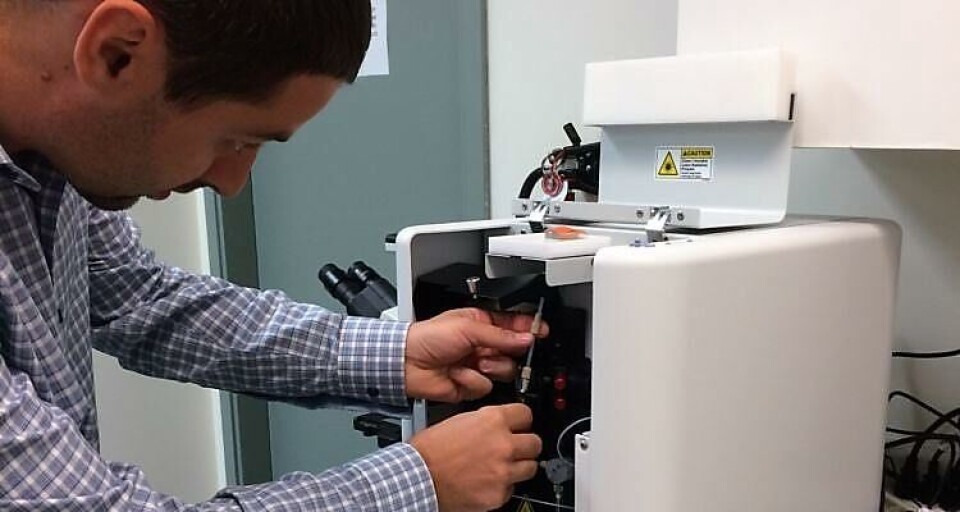
Reduced hatchery volume producing better smolts for Grieg Shetland
A decision by Grieg Seafood Shetland (GSS) to reduce the number of crops being grown in its Girlsta hatchery is paying off with better smolts and an improved survival rate, managing director Grant Cumming has said.
“We were previously doing four crops of fish a year through our plant, and we have reduced that to three crops a year. The idea behind that is to improve bio-security,” Cumming told Fish Farming Expert.
“It gives us a break of each input of fish into each unit, because the fish will move from the fry unit through to the parr unit through to the smolt unit, and this allows us a period of time to do a deep clean between each batch.
“Since we started doing it, we’ve seen an improvement in the quality of smolts and the batch we’ve put out to sea in January seems to have had excellent survival. It’s our best survival post-input to date so that’s very encouraging.”

Biological costs
The shortfall in smolts will be made up with extra stock from existing domestic suppliers. “It’ll all be Scottish smolts,” said Cumming. “We currently have a number of external smolt producers, so this doesn’t require us to acquire additional smolts [from other sources].”
In a market report last week, GSS’s Norwegian parent company, Grieg Seafood ASA, reported higher earnings and harvests for the fourth quarter of 2018 than in Q4 2017.
But Q4 earnings in Shetland were just a fraction of those in the same period the year before because of costs related to harmful algal blooms and gill disease, and earnings for the year were less than half those made in 2017.
Aeration systems
GSS has been working hard to combat biological problems such as sea lice and harmful algal blooms in Shetland.
“We’ve invested a lot in devices to try and mitigate plankton damage, and minimise sea lice pressures,” said Cumming.
He said Grieg and other Shetland salmon farmers are carrying out extended, synchronised fallowing, and are all investing in lice skirts and sharing data.
“We’re investing in aeration systems as well to try to reduce plankton impacts,” said the managing director.

Knowledge from Canada
“We’re trying to use a lot of the knowledge from [Grieg’s operations in] British Columbia, where they have a number of challenges with plankton as well, so we’re trying to learn from other regions within the company.
“We have image analysis microscopes. That allows us to classify and count much larger samples of water than we could do by hand, much faster, so we have an enhanced plankton monitoring programme.
“It gives us much more information and allows us to take action quicker.
Deep water
“Aeration is not a cure-all but we see it as an important part of the suite of measures. It’s designed to bring deep water into the pen, so rather than having water coming into the pen near the surface, which may have higher levels of plankton, you’re upwelling deep water into the pen which will hopefully have lower levels of algae.
“Some algae are very photophilic and they will be near the surface, others can cope with much lower levels of light and they would be deeper, so it’s not a cure-all for all types of algae at all times, but overall it allows us, together with our sampling protocol, to try and provide the best possible environment for our fish in any circumstance.”
Harvest increased
Despite biological challenges Grieg Seafood Shetland’s harvest volume in Q4 2018 was 3,730 tonnes, an increase of 19% compared to Q4 2017, and total sales revenue increased to NOK 245.2m (NOK 185.7m in Q4 2017).
Its total harvest volume in 2018 was 11,924 tonnes, a slight fall on 2017’s figure of 12,056 tonnes.
Planned harvest volume for Q1 2019 is 1,600 tonnes.
GSS is maintaining to target a harvest volume of 17,000 tonnes with a production cost of NOK 43 per kg in 2020.























































